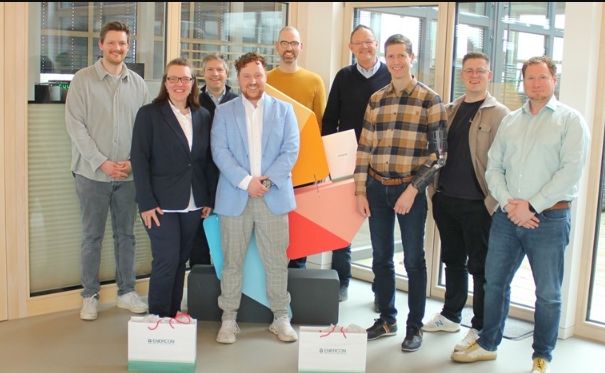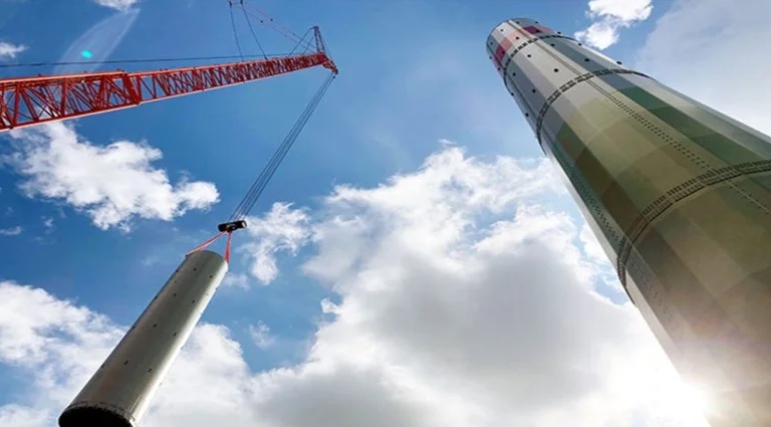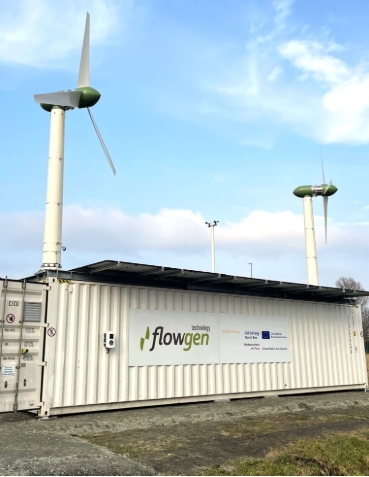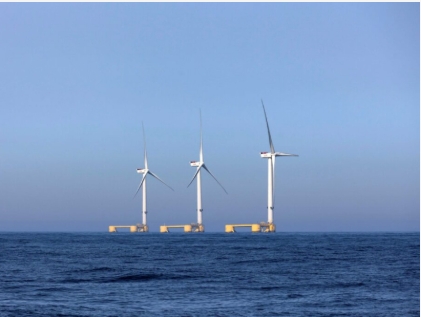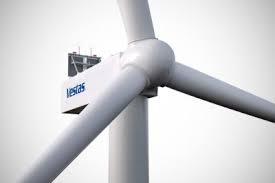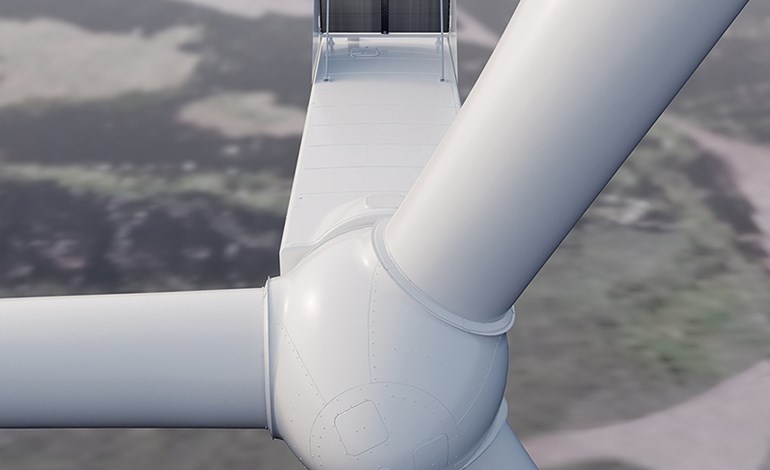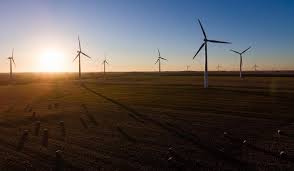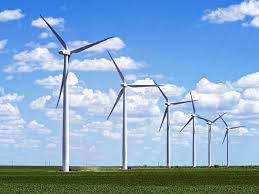The joint agency of Enterprise Estonia and KredEx has allocated €584 950 for Eesti Energia to prepare the construction of Estonia’s first hydroelectric energy storage facility at the Estonia Mine site in Ida-Virumaa, which after completion will make a significant contribution to ensuring the flexibility and stability of the Estonian electricity system.
The pumped-storage hydroelectric power plant (PSH) planned for the industrial area of Estonia Mine in Ida-Virumaa for 2026 with a capacity of up to 225 MW is a large scale circular economy project, the construction of which takes advantage of limestone rubble and closed mining tunnels created during oil shale mining. The plant acts as a powerful storage unit, helping to ensure energy security and stability of the power network when started up.
According to Veljo Aleksandrov, Project Director at Eesti Energia, the development is moving at a good pace: the analysis of the technical solution together with the preliminary assessment of environmental effects will be completed at the beginning of next year, followed by the preliminary design with the necessary studies. According to the plan, preliminary design should be completed by the end of 2023 and the investment decision made in 1H24.
“Ensuring Estonia’s energy security and energy independence with our own assets is more important than ever before. In view of the connection to the continental European electricity system planned for 2026 at the latest, it is extremely important that the necessary energy markets and production or storage assets be created in the Baltic States to ensure the security of supply as greenly and cheaply as possible,” Aleksandrov said. “The international interest in Estonia’s hydropower storage is great because it is a unique project. During the next year, we will carry out comprehensive and versatile studies with our partners, supported by the applied research programme of Enterprise Estonia, which must provide certainty that our solution will work.”
Eesti Energia will be ready to enter the market with its PSH plant in 2025 – 2026 in accordance with Elering’s synchronisation plans, if the necessary system services markets are created. Pumped-storage hydroelectric power plant will provide solutions to several challenges at the same time, because in addition to ensuring security of supply, it promotes the introduction of renewable energy, helps to achieve waste-free production, and re-uses industrial areas on the way to a circular economy-based carbon-neutral chemical industry.
The purpose of the applied research programme is to support knowledge-intensive product and technology development in Estonian businesses. “Estonia’s economic-strategic goal is production with higher added value. This requires the development of smarter and more expensive products and services, which means conducting applied research. At the same time, the applied research stage is risky, as the investments are large and there is no certainty of the success of the development, so, the state supports ambitious technology projects similar to the ones of Eesti Energia,” said Kaupo Reede, Programme Development Manager of Enterprise Estonias’ applied research programme.
The plant of up to 225 MW acts as a large scale storage unit. Its upper reservoir will be built on a waste rock structure, and the closed mine will be used as the lower reservoir. When there is a lack of electricity in the energy system, water is passed from the upper reservoir through pipes to an electric turbine that converts energy from flowing water into electrical energy, after which the water enters the lower reservoir. At times when electricity is cheap, the water is pumped back up for the process to be repeated when needed. The plant will start operating in 2026.
The size and profitability of the investment will be specified with the preliminary design, and the pre-assessment of environmental effects will determine which environmental requirements and conditions must be taken into account during the construction. The investment decision is planned for the beginning of 2024.
The solution of Eesti Energia is unique as the pressure height of the PSH plant, i.e. the height between the upper and lower water reservoirs, is increased by reusing waste rock from the enrichment process of rock mass from oil shale mining. The use of a mine as a water reservoir for a hydroelectric power plant also makes the project special.
The concept of the planned pumped-storage hydroelectric power plant can be exported to other countries. The target group includes countries whose land relief is not suitable for a classic pumped storage hydropower plant (or the environmental effects of a plant in natural conditions are too great) and where there are closed or closing mines.
